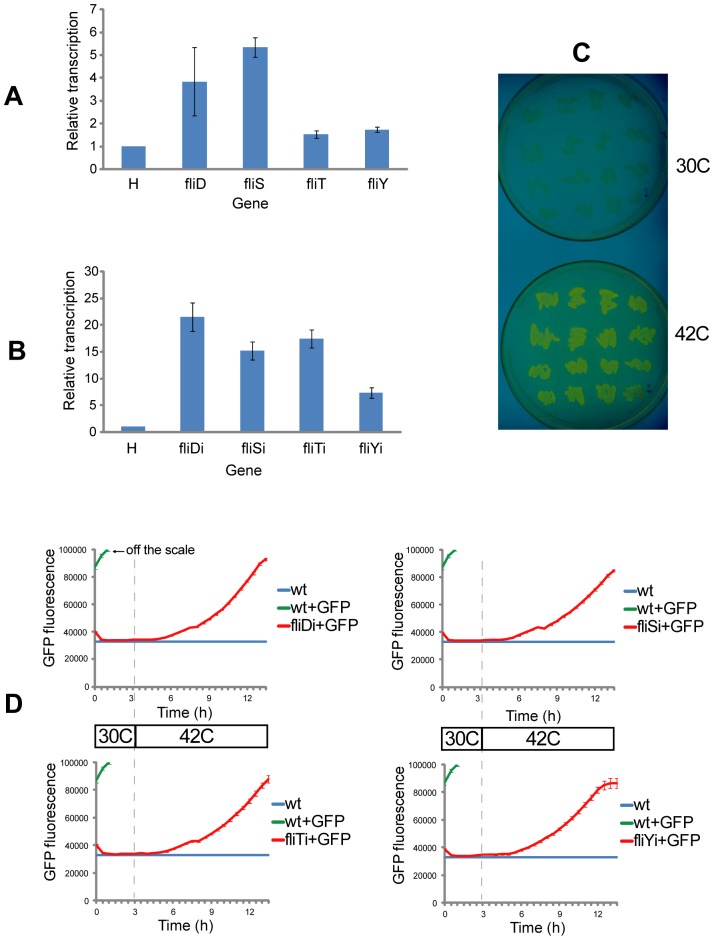Figure 3. Expression of DNA integrated into flagellar region.
(A) The relative expression levels of fliD, fliS, fliT, and fliY compared to the mean transcription of the two house-keeping genes arcA and rpoD, where each of the housekeeping genes was assayed in triplicate (H). Experiments were carried out in triplicate, error bars represent standard errors. (B) RT-PCR measured relative transcription of the thermosensitive λ repressor cI857 integrated into fliD (fliDi), fliS (fliSi), fliY (fliYi), and fliT (fliTi). These data show expression of the integrated DNA fragment compared to the mean transcription of the two house-keeping genes arcA and rpoD, where each of the housekeeping genes was assayed in triplicate (H). (C) Qualitative confirmation of the integration of Repr-ts-1 into the E. coli K12 MG1655 chromosome. At 30°C the λ repressor inhibits GFP expression and increasing the temperature to 42°C triggers GFP expression. (D) Quantitative confirmation of the integration of Repr-ts-1 into the E. coli strain K12 MG1655 chromosome by measuring GFP fluorescence over time with Fluostar Omega fluorimeter. Strains with integrations in fliD (fliDi), fliS (fliSi), fliY (fliYi), and fliT (fliTi) expressed GFP after the temperature shift to 42°C after 3 hours of growth (indicated by dashed line). In the control strain without repressor the GFP fluorescence signal saturated the fluorimeter detector (260000) after 5 hours of growth. Figure also shows that the integration of the repressor in the four flagellar genes had similar effect on the GFP expression. The starting absorbance (OD600) of the investigated strains was 0.05. Wt (wild type), wt+GFP (wild type transformed with the plasmid with the GFP located downstream of cI857– regulated pR promoter), rep+GFP (strain with the chromosomally- integrated cI857 transformed with the plasmid harboring pR controlled GFP).

